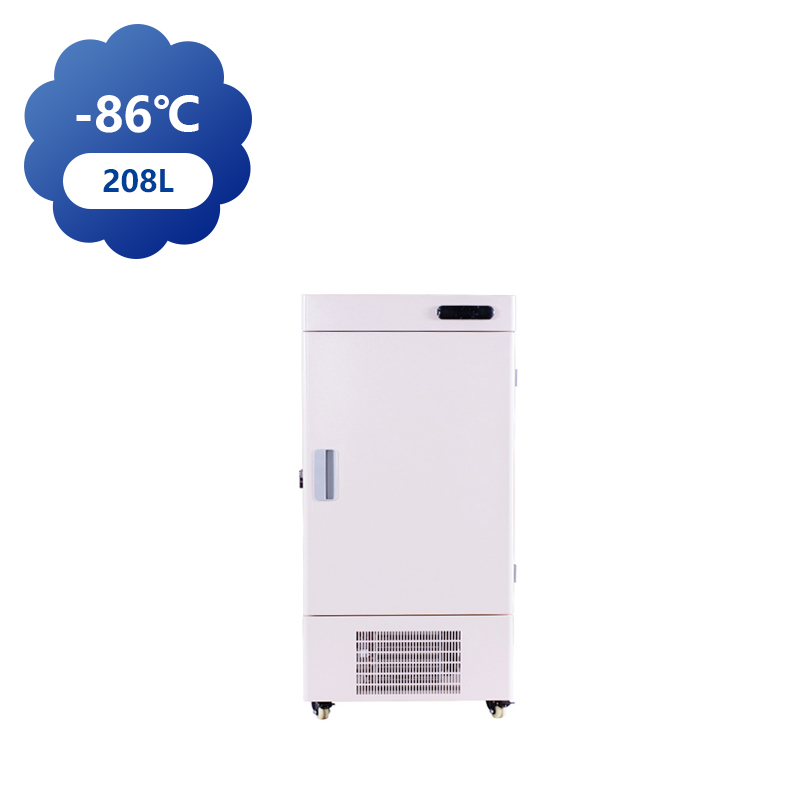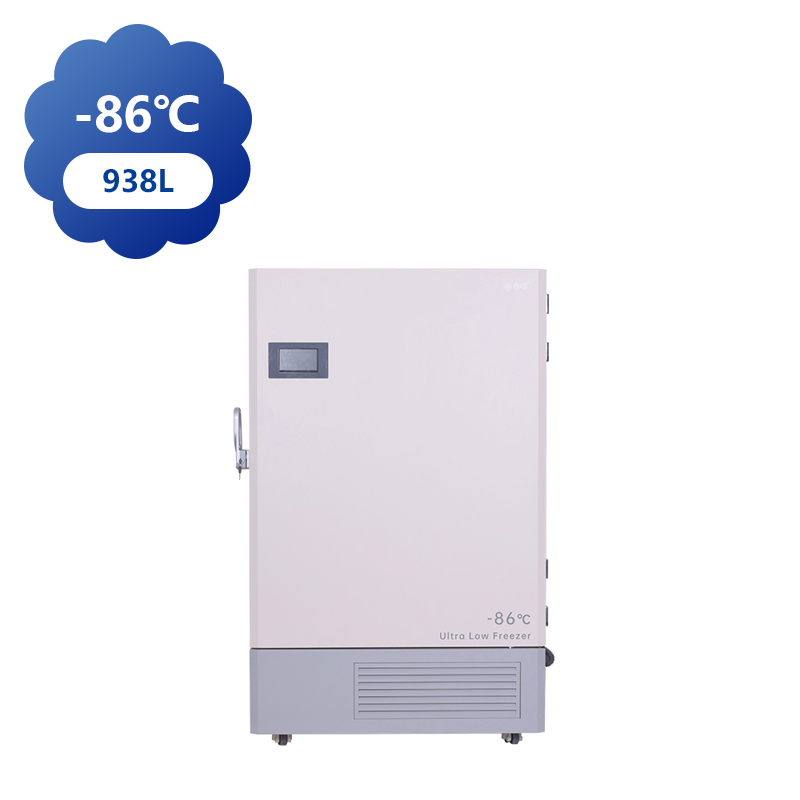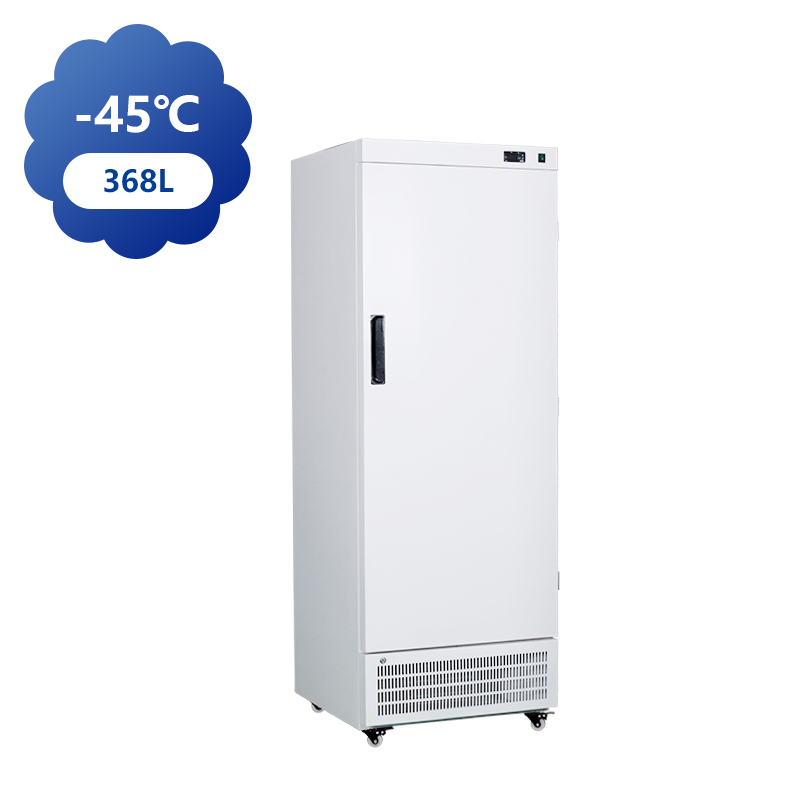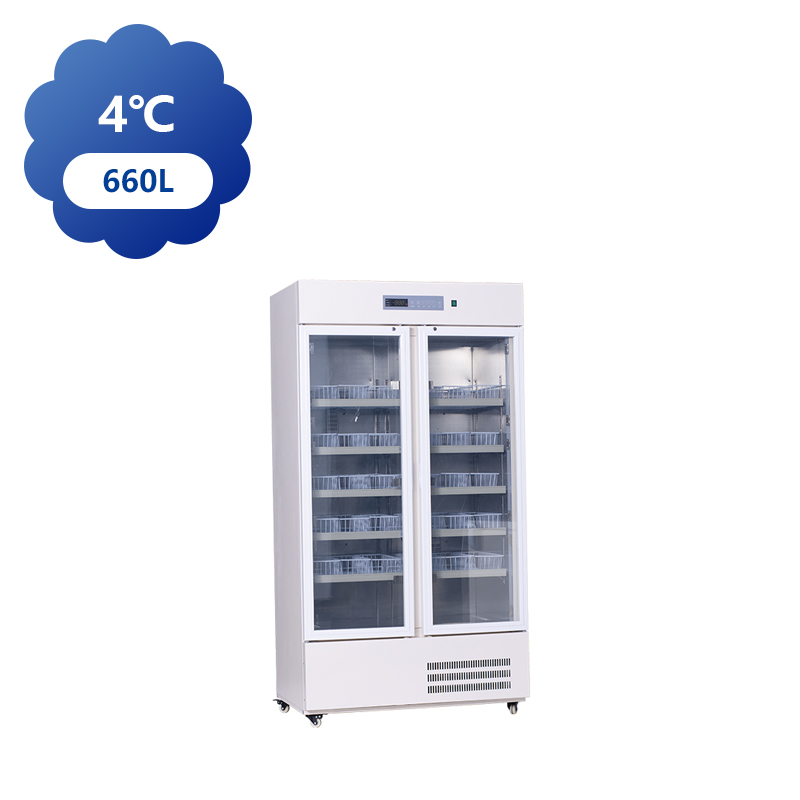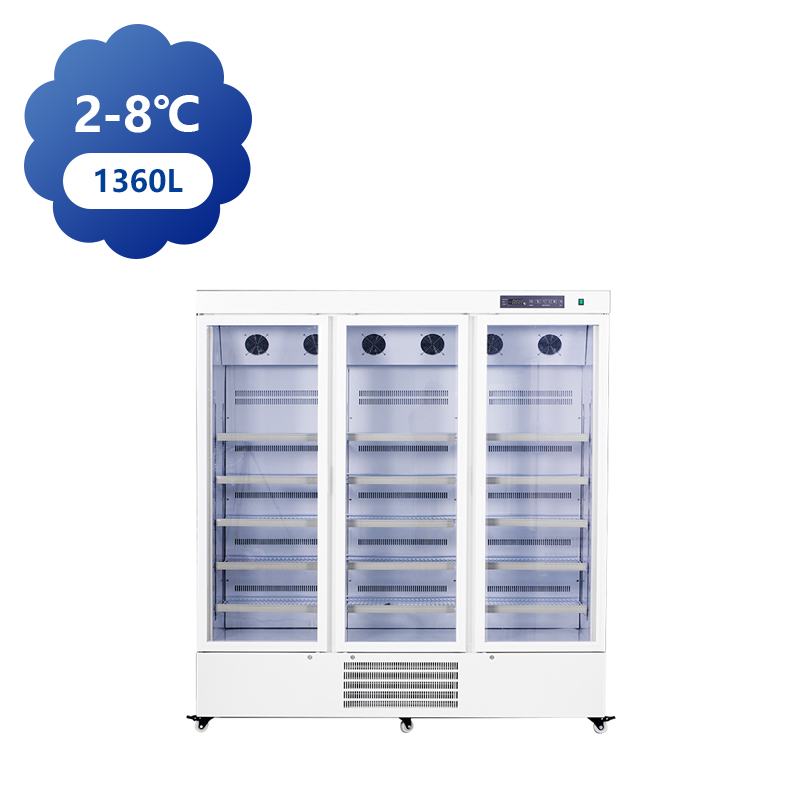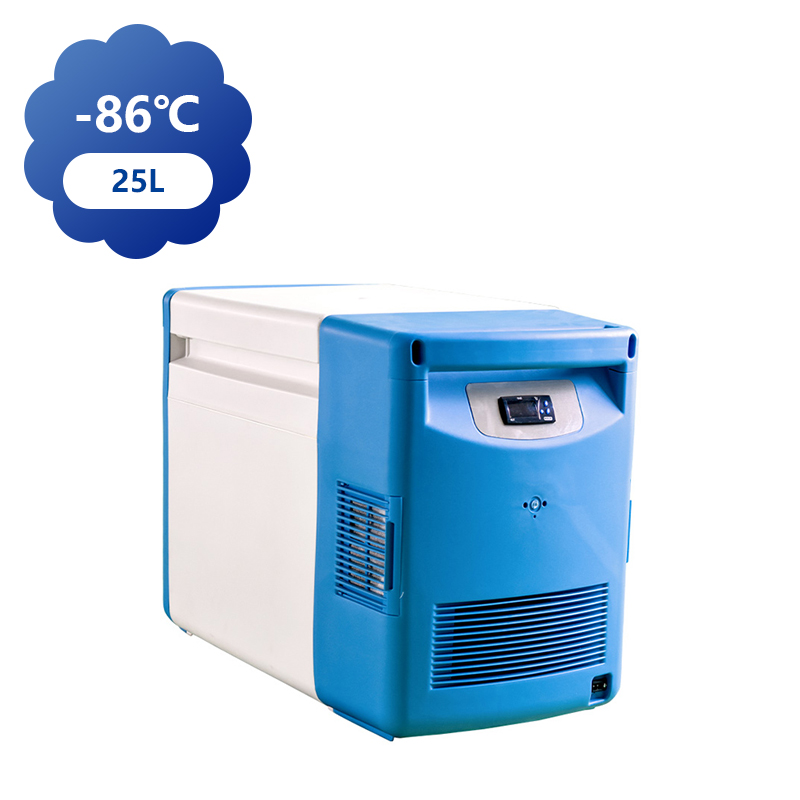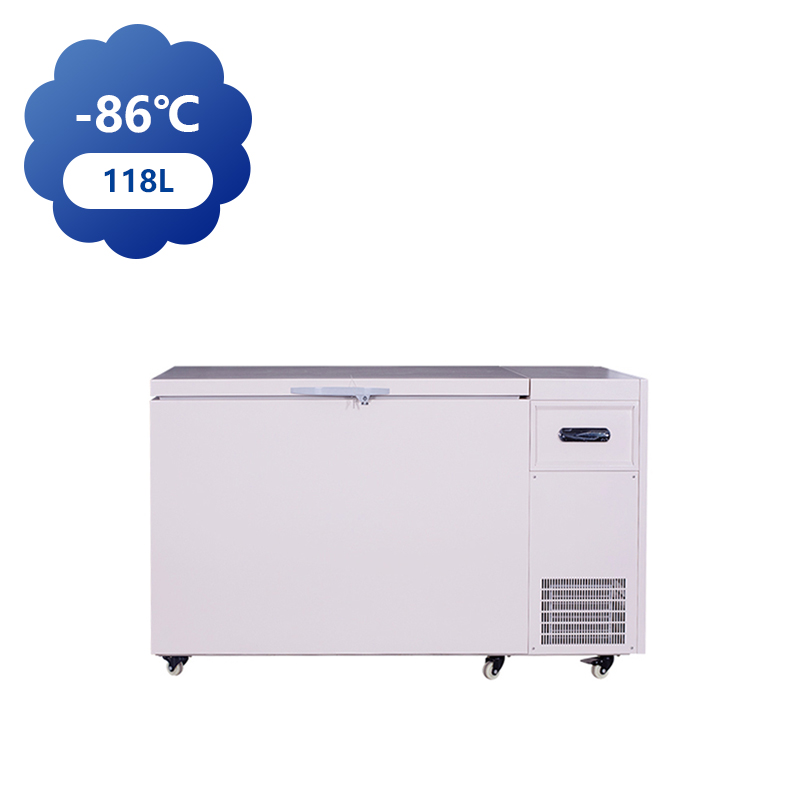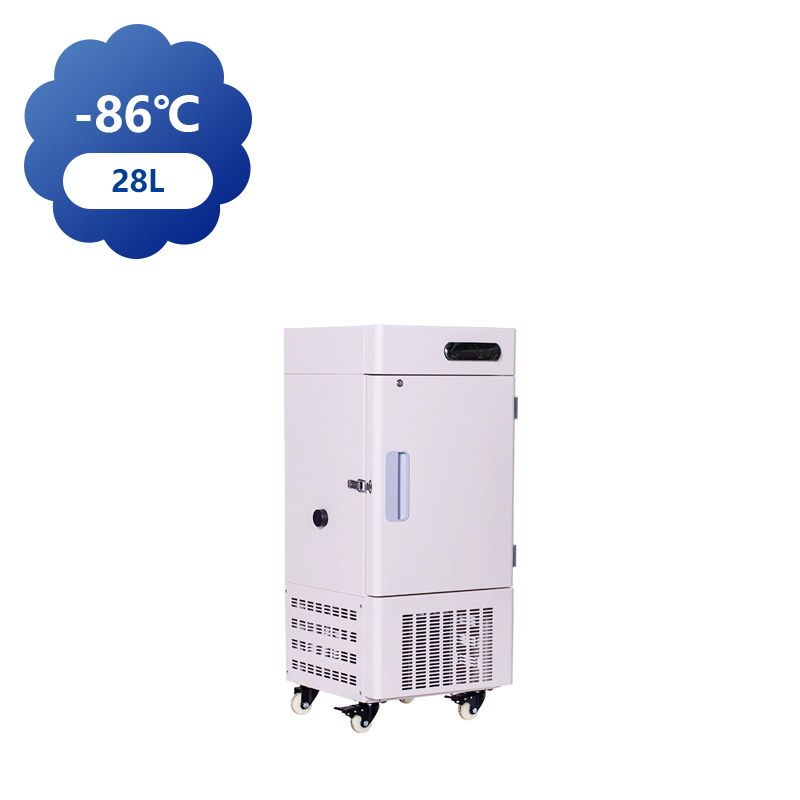You can contact to me using this form.
Modern ultra low deep upright freezers are designed with advanced technologies that enhance their energy efficiency while maintaining reliable performance at sub-zero temperatures. One of the key features that contribute to energy savings is the use of improved insulation materials. High-quality insulation, such as polyurethane foam or vacuum-insulated panels, ensures that the freezer's interior temperature remains stable with minimal energy input. By reducing heat transfer, the freezer's compressor doesn't have to work as hard to maintain the low temperature, thereby lowering energy consumption.
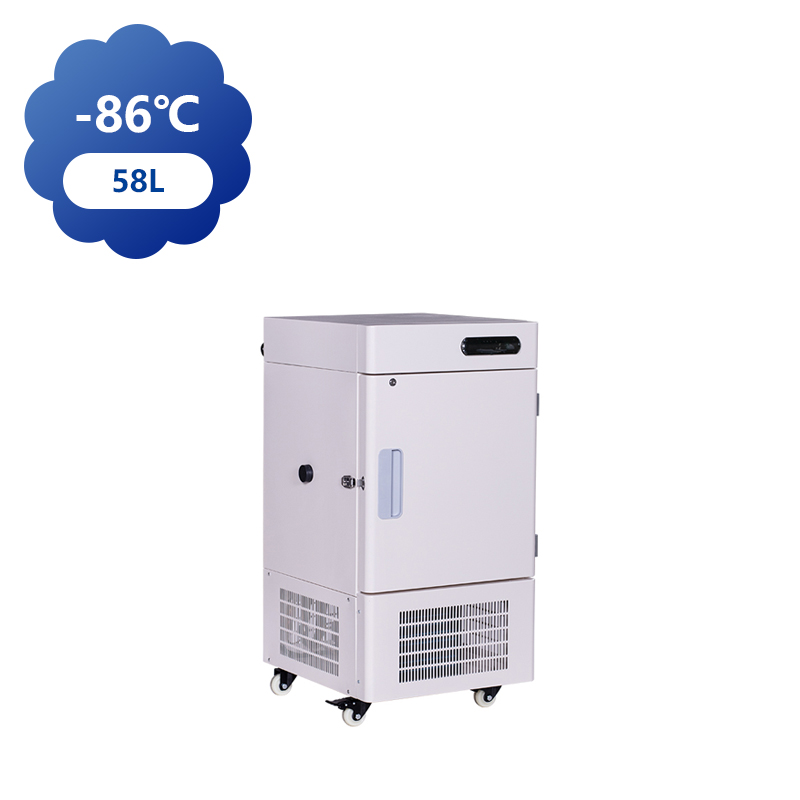
In addition to insulation, many ultra low deep upright freezers are equipped with energy-efficient compressors. These compressors are designed to use less energy while providing the necessary cooling power for deep freezing. Variable-speed compressors are increasingly used in these freezers, allowing the compressor to adjust its speed based on the cooling demand. This means the freezer operates more efficiently, drawing less power when fewer cooling cycles are needed.
Another important feature contributing to energy efficiency is the freezer's door design. Ultra low deep upright freezers typically have a tight-sealing door with a durable gasket, which prevents cold air from escaping and warm air from entering. This feature minimizes temperature fluctuations and reduces the workload of the compressor. Furthermore, some models are designed with automatic door-closing mechanisms and temperature alarms that alert users when the door is accidentally left open, ensuring the freezer remains as energy-efficient as possible.
Though ultra low deep upright freezers may have a higher initial cost compared to standard freezers, the long-term savings from energy-efficient models make them a cost-effective choice. Hospitals, research institutions, and laboratories that rely on these units for critical storage will benefit from reduced energy consumption, ultimately lowering operational expenses over time. Additionally, some models come with eco-friendly refrigerants that not only reduce energy consumption but also have a lower environmental impact, which aligns with sustainability goals in many industries.
Low ambient temperature freezers are designed to maintain sub-zero conditions, often as low as -40°C or -80°C, in environments where the ambient temperature may vary. The materials used in constructing these freezers are critical to their performance, durability, and ability to maintain consistent low temperatures. Selecting the right materials is essential to ensure that these freezers function efficiently and effectively over time, even in challenging environmental conditions.
One of the important materials used in low ambient temperature freezers is high-performance insulation. Insulation plays a key role in maintaining internal temperatures while energy consumption. Polyurethane foam is a common choice for insulation due to its high insulating properties and ability to withstand low temperatures. This foam helps to keep the cold air inside the freezer and prevents heat from entering, allowing the freezer to operate efficiently. Other materials, such as vacuum-insulated panels (VIPs), are also used in some high-end models. VIPs provide insulation with thinner walls, which is particularly useful in freezers with compact designs where space efficiency is a priority.
The exterior and structural materials of low ambient temperature freezers need to be durable enough to withstand the stress of ultra-cold conditions without cracking, warping, or becoming brittle. Stainless steel is a common material used for the exterior due to its strength, corrosion resistance, and ability to maintain structural integrity at low temperatures. Stainless steel also has hygienic properties, which is essential in medical and laboratory environments where cleanliness is a priority.
Some models may use powder-coated steel or other corrosion-resistant alloys for the outer shell, depending on the specific needs of the application. These materials help protect the freezer from damage due to environmental factors, such as humidity or chemicals that may be present in laboratories or medical facilities.



 中文简体
中文简体 English
English Français
Français عربى
عربى +86-15988502726(wechat)
+86-15988502726(wechat)